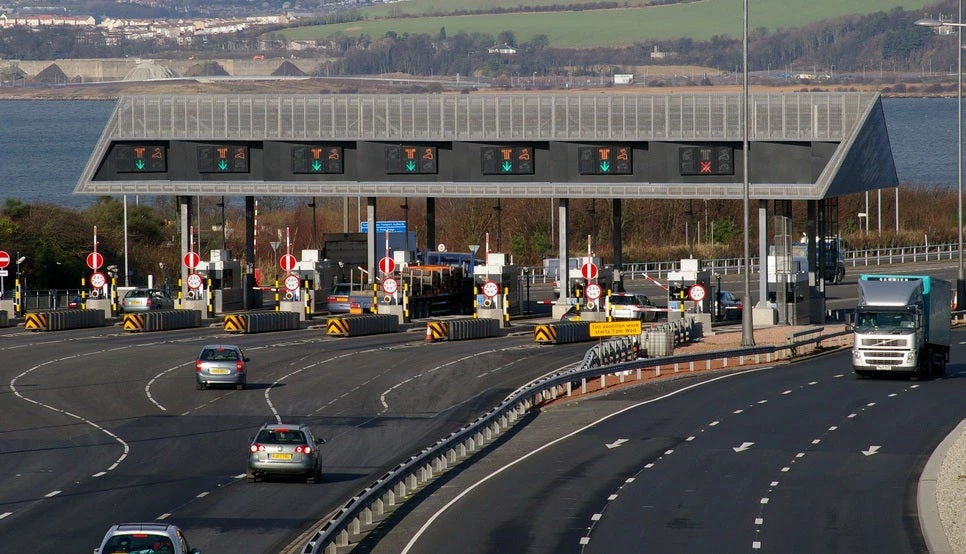
To gain a better understanding of how innovation in public-private partnerships (PPPs) builds on genuine learning, we reached out to PPP infrastructure experts around the world, posing the same question to each. Their honest answers redefine what works — and provide new insights into the PPP process. This is the question we posed: How can mistakes be absorbed into the learning process, and when can failure function as a step toward a PPP’s long-term success?
Our fourth response in this eight-part series comes from Richard Abadie, who leads the Capital Projects and Infrastructure Group at PwC.
Having worked in the infrastructure sector for nearly 20 years, I’ve had time to reflect on what success and failure look like in infrastructure PPPs. Mistakes have been, do, and will continue to be made when using PPPs. It is not perfect — nor is its application — but what in life is?
There are so many horror stories around non-PPP construction cost overruns, delays in completion, poorly specified contracts, weak tender management, corruption, failure to run transparent competitive processes, lack of project readiness, significant post-contract variations, and sporadic asset maintenance and management. PPPs eliminate many of the above structural weaknesses, which rightfully earns it its place as a challenging but effective procurement approach.
The chief criticisms of PPP — that it takes longer to procure and is less flexible than conventional procurement — have some validity. Getting price certainty does take time and requires clear contractual risk allocation through the life of the contract.
I’ve also seen PPP blamed for delivering services and facilities that are over-specified/not needed/unaffordable. Rarely is this the fault of one party — private or public — alone. It simply underlines the critical importance of how the private sector and public sector agencies work together to make sure the PPP is sustainable in terms of its financials and the needs it is addressing.
I’ve seen some questionable risk allocation to the private sector through badly structured PPPs, including:
- Major planning and approvals;
- Land expropriation and resettlement of people;
- Technology at risk of rapid obsolescence;
- Speculative demand; and
- Regulatory change.
These risks should be retained by the public sector and managed accordingly.
At the end of the day, a PPP is only one of several tools to deliver infrastructure-backed services, and “A tool is only as good as the person using it,” as the saying goes. Used properly, PPPs can deliver great outcomes. Continuous learning about PPP application through codification, training, knowledge and practical experience sharing, and best practice application are critical components of successful PPPs.
Industry focus should be on improving the user rather than improving the tool.
Editor's note: this article originally appeared in the World Bank Group's Handshake journal.


Join the Conversation